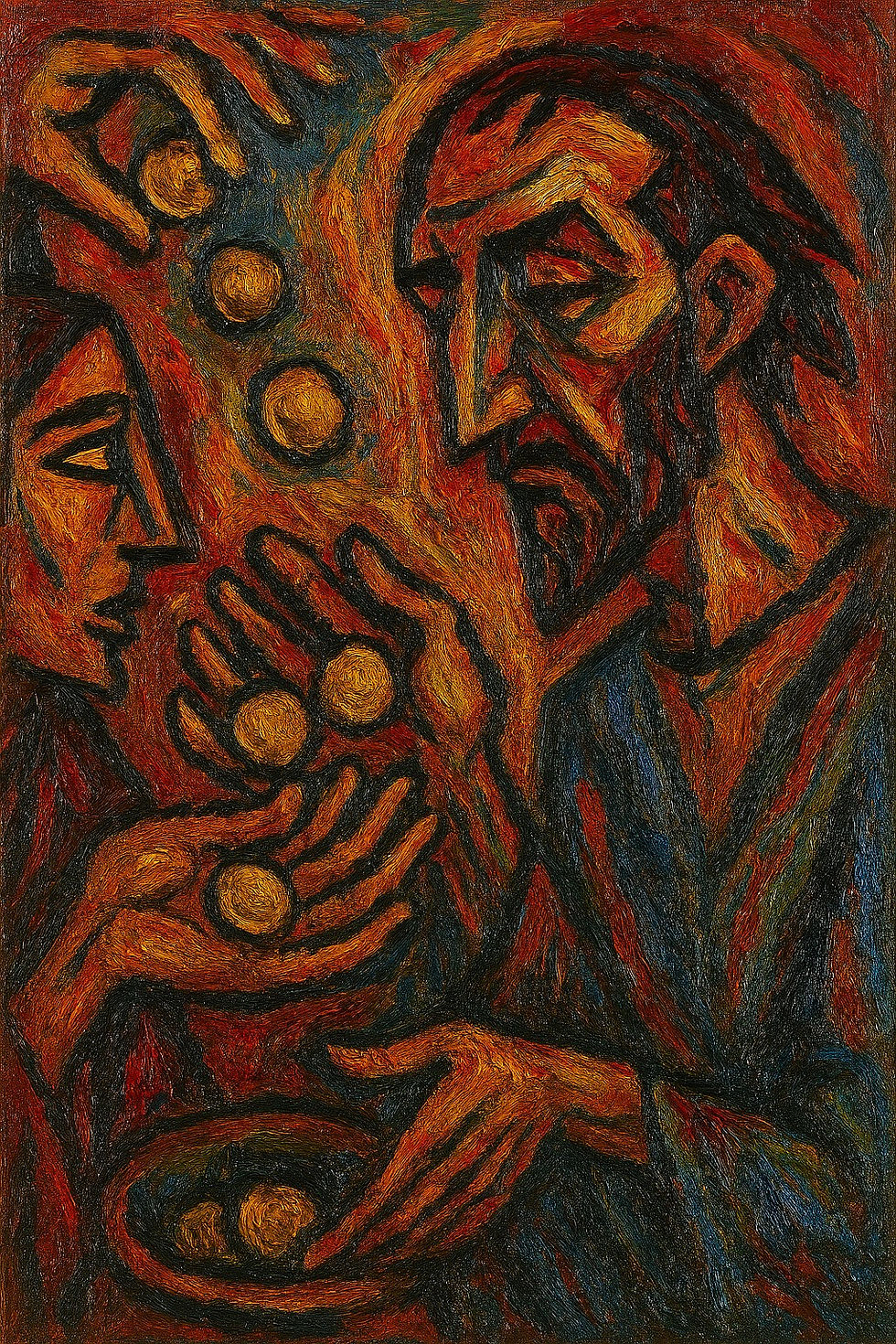bile production
- Martin Döhring

- 10. Okt.
- 3 Min. Lesezeit
Let’s go step by step through the molecular choreography of bile production, from hepatocyte metabolism to canalicular secretion and ductal modification.

Overview
Bile production is a multistage, vectorial process that converts hepatocellular metabolic activity into a directed secretion of bile acids, phospholipids, cholesterol, bilirubin, and electrolytes into bile canaliculi.
It involves:
Bile acid synthesis (metabolic step)
Intracellular transport (binding and vesicular shuttling)
Canalicular secretion (membrane transporters and pumps)
Ductular modification (cholangiocyte-mediated changes)
Enterohepatic circulation and feedback regulation
1. Bile Acid Synthesis — the Metabolic Heartbeat
Site
Occurs in hepatocytes, mainly in the smooth endoplasmic reticulum and peroxisomes.
Substrate
Cholesterol → converted to primary bile acids:
Cholic acid (CA)
Chenodeoxycholic acid (CDCA)
Pathways
Two major enzymatic cascades:
Pathway | Key enzyme | Location | Notes |
Classic (neutral) | CYP7A1 (cholesterol 7α-hydroxylase) | ER | Rate-limiting step; regulated by FXR-SHP-LXR feedback |
Alternative (acidic) | CYP27A1 (sterol 27-hydroxylase) | Mitochondria | Provides oxysterol intermediates, mainly in extrahepatic tissues |
→ Followed by modifications via CYP8B1 (12α-hydroxylase), CYP3A4, BAAT (bile acid-CoA:amino acid N-acyltransferase), producing glycine- and taurine-conjugated bile salts (more water-soluble).
2. Intracellular Trafficking — Directed Cytosolic Transport
Bile acids are detergent-like, so hepatocytes keep them bound to cytosolic bile acid–binding proteins (FABPs, LBPs) to prevent membrane damage.
FABP1 (L-FABP) and glutathione-S-transferase (GST) shuttle bile acids from ER → canalicular membrane.
Vesicular transport assists phospholipids and cholesterol packaging into the canalicular membrane.
3. Canalicular Secretion — Molecular Pumps at the Canalicular Pole
The canalicular membrane (apical side of hepatocytes) is rich in ATP-dependent export pumps (ABC transporters) that form the molecular motor of bile secretion:
Molecule | Transporter | Gene | Mechanism | Role |
Bile salts | BSEP | ABCB11 | ATP-driven | Rate-limiting bile salt export |
Phosphatidylcholine | MDR3 | ABCB4 | Floppase; exports PC into canaliculi | Forms micelles with bile salts |
Cholesterol | ABCG5/G8 | ABCG5/ABCG8 | Heterodimer transporter | Neutralizes bile acid detergent activity |
Bilirubin-glucuronide | MRP2 (cMOAT) | ABCC2 | Exports conjugated bilirubin | Pigment component |
Glutathione, organic anions | MRP1/3/4 | ABCC1/3/4 | Secondary bile solute efflux | Detoxification |
? Coordination:
These pumps create an osmotic gradient → water follows through aquaporin-8 and tight junctional paracellular flow.
Actin cytoskeleton (via Rho, cAMP, PKC signaling) regulates the microvillar canalicular network, modulating bile flow dynamically.
4. Ductular Modification — The Cholangiocyte Orchestra
As bile flows through bile ducts, cholangiocytes (bile duct epithelial cells) modify its composition:
CFTR (Cl⁻ channel) and AE2 (Cl⁻/HCO₃⁻ exchanger) secrete bicarbonate, alkalinizing bile.
Aquaporin-1 and tight junctions adjust water and electrolyte flow.
Secretin → cAMP → PKA activates CFTR and HCO₃⁻ secretion (main in intrahepatic bile ducts).
Somatostatin and endothelin counter-regulate secretion.
This results in isotonic, alkaline bile, ideal for fat emulsification in the duodenum.
♻️ 5. Enterohepatic Circulation — Recycling and Regulation
About 95% of bile acids are reabsorbed in the terminal ileum by:
ASBT (SLC10A2): apical uptake
IBABP: intracellular binding
OSTα/OSTβ: basolateral efflux → portal blood → back to liver
At the sinusoidal side of hepatocytes:
NTCP (SLC10A1) and OATP1B1/3 take up bile acids again.
Feedback control:
FXR (farnesoid X receptor) senses bile acid levels:
Activates SHP, which represses CYP7A1 transcription.
Reduces new bile acid synthesis when bile pool is sufficient.
⚙️ 6. Dynamic Molecular Control
Regulation integrates multiple pathways:
Regulator | Target | Effect |
FXR (NR1H4) | ↑ BSEP, ↓ CYP7A1 | Bile acid homeostasis |
LXR (NR1H3) | ↑ CYP7A1 | Increases bile acid synthesis from cholesterol |
PPARα | ↑ MDR3 | Promotes phospholipid efflux |
PKC / cAMP | Cytoskeletal contraction | Controls canalicular vesicle insertion |
F-actin network | Anchors canalicular pumps | Structural stability |
Summary Diagram (conceptually)
Cholesterol → Bile acids → Cytosolic binding → Canalicular pumps (BSEP, MDR3, MRP2)
↓
Canaliculi → Bile ducts → Duodenum → Ileum → Portal return → HepatocyteIn Pathophysiology
Defects in these molecules cause distinct cholestatic syndromes:
Gene | Protein | Disease |
ABCB11 | BSEP | PFIC2 (progressive familial intrahepatic cholestasis type 2) |
ABCB4 | MDR3 | PFIC3; drug-induced cholestasis |
ABCC2 | MRP2 | Dubin–Johnson syndrome |
SLC10A1 | NTCP | NTCP deficiency; hypercholanemia |
CFTR | CFTR | Cystic fibrosis–associated cholestasis |
In one sentence:
Bile production is a coordinated molecular ballet, transforming cholesterol into amphipathic bile acids, binding and trafficking them through hepatocytes, pumping them by ATP-driven transporters into canaliculi, and refining them through ductular ion transport — all under feedback control by nuclear receptors like FXR and SHP.








Kommentare